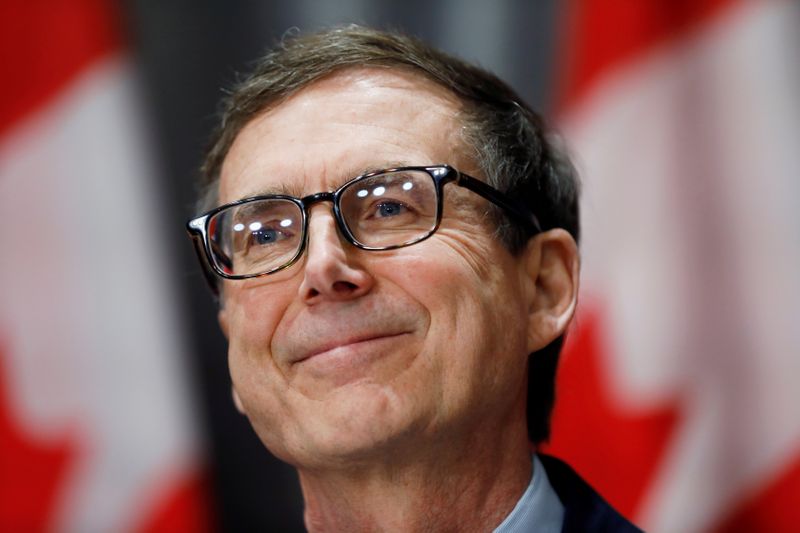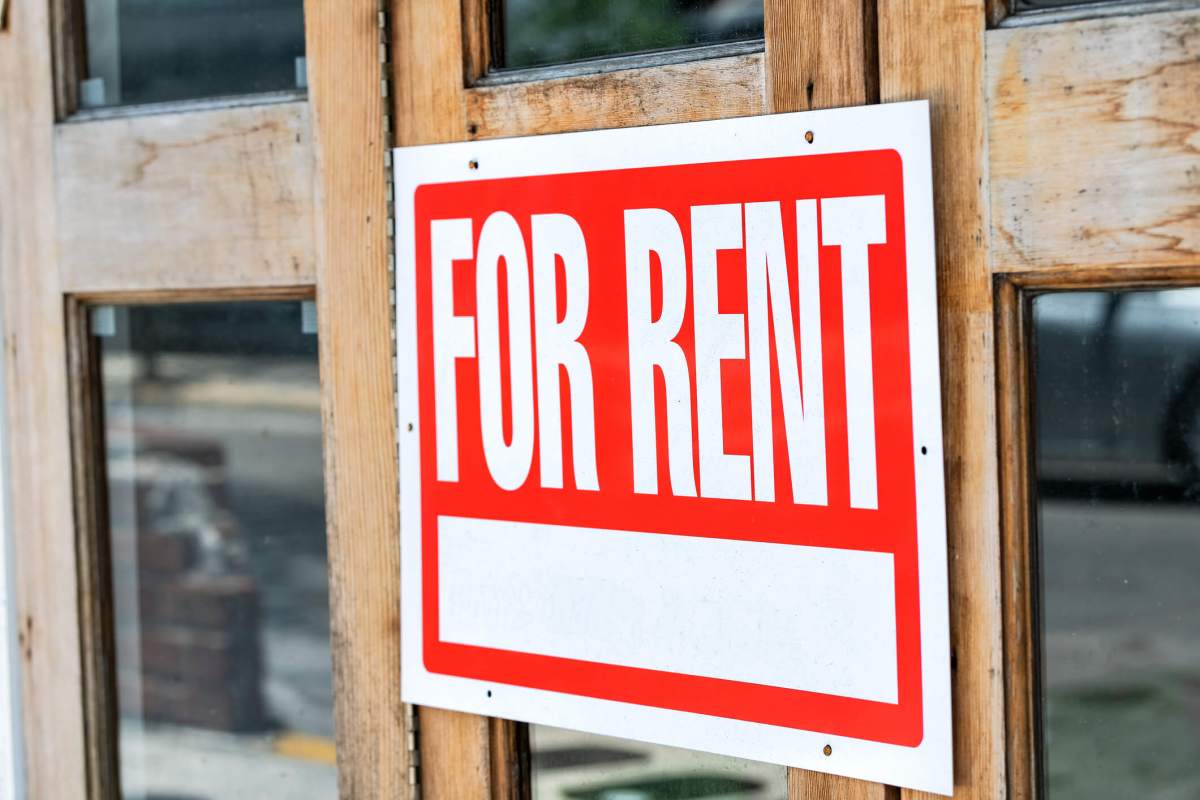OTTAWA (Reuters) – New Bank of Canada Governor Tiff Macklem, already facing the double whammy of the coronavirus pandemic and slumping oil prices, must now also contend with the Federal Reserve forecast that the United States expects years of slow growth.
Some 75% of the goods that Canada exports go to the United States, which like Canada is grappling with historic losses in output and jobs caused by COVID-19 shutdowns. Fed Chair Jerome Powell said on Wednesday the United States faced “a long road” to recovery and the Fed forecast interest rates languishing near zero through 2022.
Macklem will take the lead on the bank’s July 15 rate decision, officially his first, when it could also give new economic forecasts. The Bank of Canada said this month second quarter GDP would decline a further 10%-20% from the fourth quarter of 2019, but noted growth could pick up again in the third quarter of 2020. It slashed rates three times to a record low 0.25% in March.
“Something we have to keep in mind is the coronavirus shock for Canada is coming along with an oil price shock,” said Josh Nye, senior economist at RBC Economics.
“That’s perhaps a reason to expect that the Bank of Canada might need to keep policy stimulative for at least as long or longer than the Fed is going to.”
Before being named governor in May, Macklem told Reuters the oil price decline may hammer Canada long after the coronavirus slump has passed.
With Macklem firmly in his new role, all eyes are on whether the bank will reintroduce tables and forecasts on July 15, after suspending forecasts in April amid the uncertainty.
“The Fed’s projections probably put a bit more pressure on the bank to revert to publishing these elements … sooner rather than later,” said Royce Mendes, senior economist at CIBC Capital Markets.
(Reporting by Julie Gordon in Ottawa; additional reporting by Kelsey Johnson in Ottawa and Fergal Smith in Toronto; Editing by Steve Orlofsky)






















